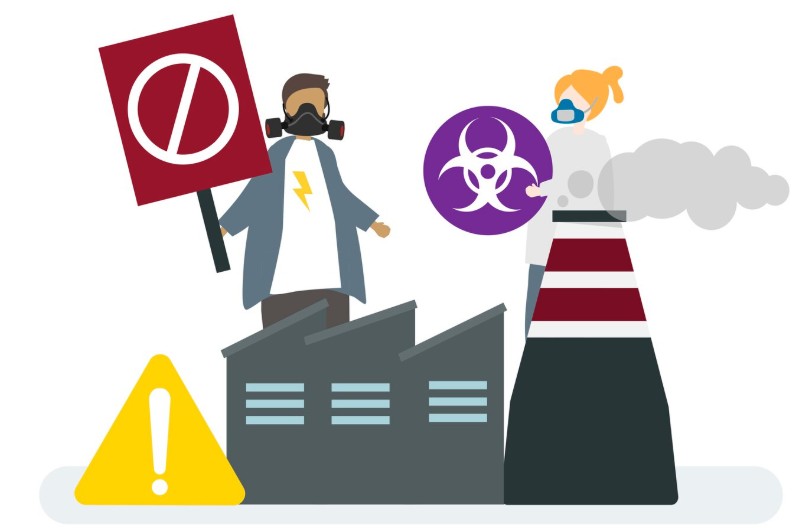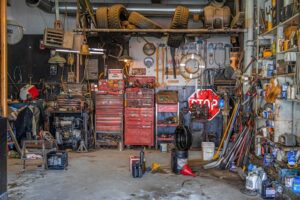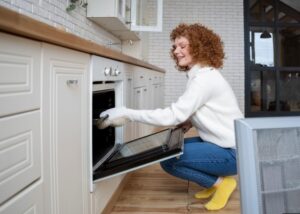
Radon and other radioactive gases can accumulate in your home without you realizing it. This is because these gases are not just invisible. They also don’t have a taste or smell.
So, they can become a serious hazard to health over the years. That is true, especially when it comes to lung cancer.
Understanding Radon?
Exposure to radon for a long period is risky and should not be dismissed. In Canada, using recirculated indoor air during winter makes radon one of the main indoor pollutants. Areas with many rocks or buildings from the distant past may cause more damage to a home. If your area’s radon levels are higher than allowed, you should look into radon removal Calgary services.
Checking for Radioactive Gases at Home
The following are strategies that can help you check for radioactive gases at home:
1. Identify Risks and Make a Plan for Them
Before you do anything else, ensure you know your risk. If your home is located in a known radon-prone area, you should consider testing. Starting to plan will help keep you safe and make you feel secure.
2. Buy a Radon Testing Kit
Buying a radon test kit for the long term from either the internet or a hardware store is a good option. During the test, put the kit on the bottom floor of your house, such as the basement. Don’t measure temperature in the presence of a window or a vent in the room. It is important to wait 90 days before looking at the results.
3. Take the Kit to the Lab
Once the testing period is completed, assemble the kit and send it to the lab. Pay close attention to the guidelines that come with the test kit. The results usually take a few weeks to get.
4. Take Immediate Action if Needed
If your radon levels are above acceptable, find a qualified radon mitigation contractor to help. Special systems placed under the foundations lower the amount of radon inside. The gas is sent to the outside, helping to keep your indoor air pollutant-free.
5. Retest After Mitigation
Once the radon treatment is done, test your home to be sure. Carrying out a second test shows that the radon levels are now safe. It also makes you sure that your efforts were successful.
Preventing Radon Buildup
Several small steps won’t just cut down your risk of exposure to radon. It will also minimize exposure to other indoor pollutants. Here are some steps you can take to lower the chances of radon in your home:
- Be sure to seal every crack on your basement walls and floors.
- Improve the circulation of air in your home by ventilating it.
- Don’t smoke inside to protect yourself from health problems associated with radon.
It is surprisingly simple to test your home for radioactive gases. A simple check can show you any problems and help you respond quickly. It is important to test, repair, and watch for safety without waiting for any issues.




